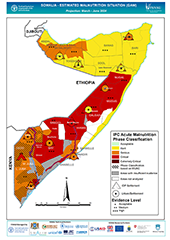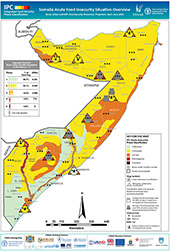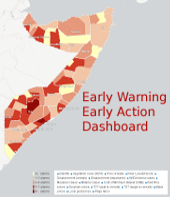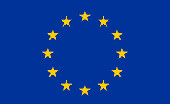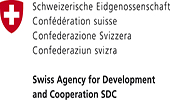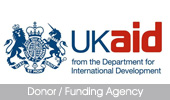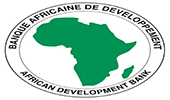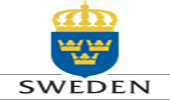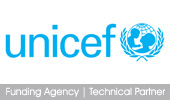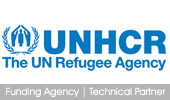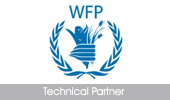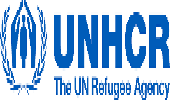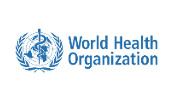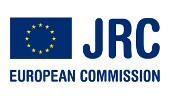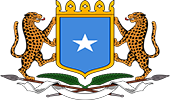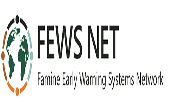Integrated Food Security Phase Classification (IPC)
In the food security community, there has been a lack of clarity and common definitions for classifying various food security situations in terms of varying severity and implications for action.
This lack of clarity is problematic for several reasons:
- The way a situation is classified determines not only the type of response, but also the source of funding, scale, planning timeframe, and organizational roles of different stakeholders.
- Without commonly accepted standards for classifying the nature and severity of food security situations, the design and targeting of interventions can be open to personal, government, agency, and donor biases.
These problems can lead to imprecise or gross misallocations of scarce resources, and in the worstcase scenario, even loss of lives.
As a result, there have been increasingly strong calls for improved analysis within the cross-cutting field of food security, including:-
- greater comparability of results from one place to another
- increased rigour
- greater transparency of evidence to support findings
- increased relevance to strategic decision making
- stronger linkages between information and action
Improving analysis along these lines would enable food security interventions to be more needsbased, strategic, and timely, and there is an urgent practical and operational need for a food security classification system that is broadly accepted by the wide range of stakeholders. Put simply: “We, the food security community, need a common currency (language and analytical procedures) for describing the nature and severity of food security situations.â€
The IPC is designed to fill this critical gap in food security analysis. It provides a common classification system (a ‘common currency’) that draws from the strengths of existing classification systems and integrates them with supporting tools for analysis and communication.
Specifically, the IPC is a means to classify varying phases of current food security situations based on outcomes on human lives and livelihoods. The IPC includes five levels of food security (called ‘phases’): Generally Food Secure, Moderately/Borderline Food Insecure, Acute Food and Livelihood Crisis, Humanitarian Emergency, and Famine/Humanitarian Catastrophe. Additionally, the IPC considers the risk that conditions will deteriorate (called the ‘Risk of Worsening Phase’), including three levels: Watch, Moderate Risk, and High Risk.
The approach of the IPC is to draw together all available food security information (or ‘evidence’), ranging from production figures to livestock prices to civil insecurity to malnutrition rates, to make a Phase Classification and/or Risk of Worsening Phase statement. The IPC relies on, and indeed encourages, multiple data sources and methods. The IPC then provides a ‘convergence of evidence’ approach and a set of tools to arrive at a ‘big picture’ analysis, or meta-analysis, of the overall food security situation. The outcomes of the process are several communication tools – specifically a map and population tables – that convey the key messages about the severity and magnitude of food insecurity.
Adapted from the IPC User Guide, Version 1.0, October 2008, p0-2 - 0-3
To download the IPC User Guide, click here (PDF, 1.85MB)
For more information on the IPC, click here.
